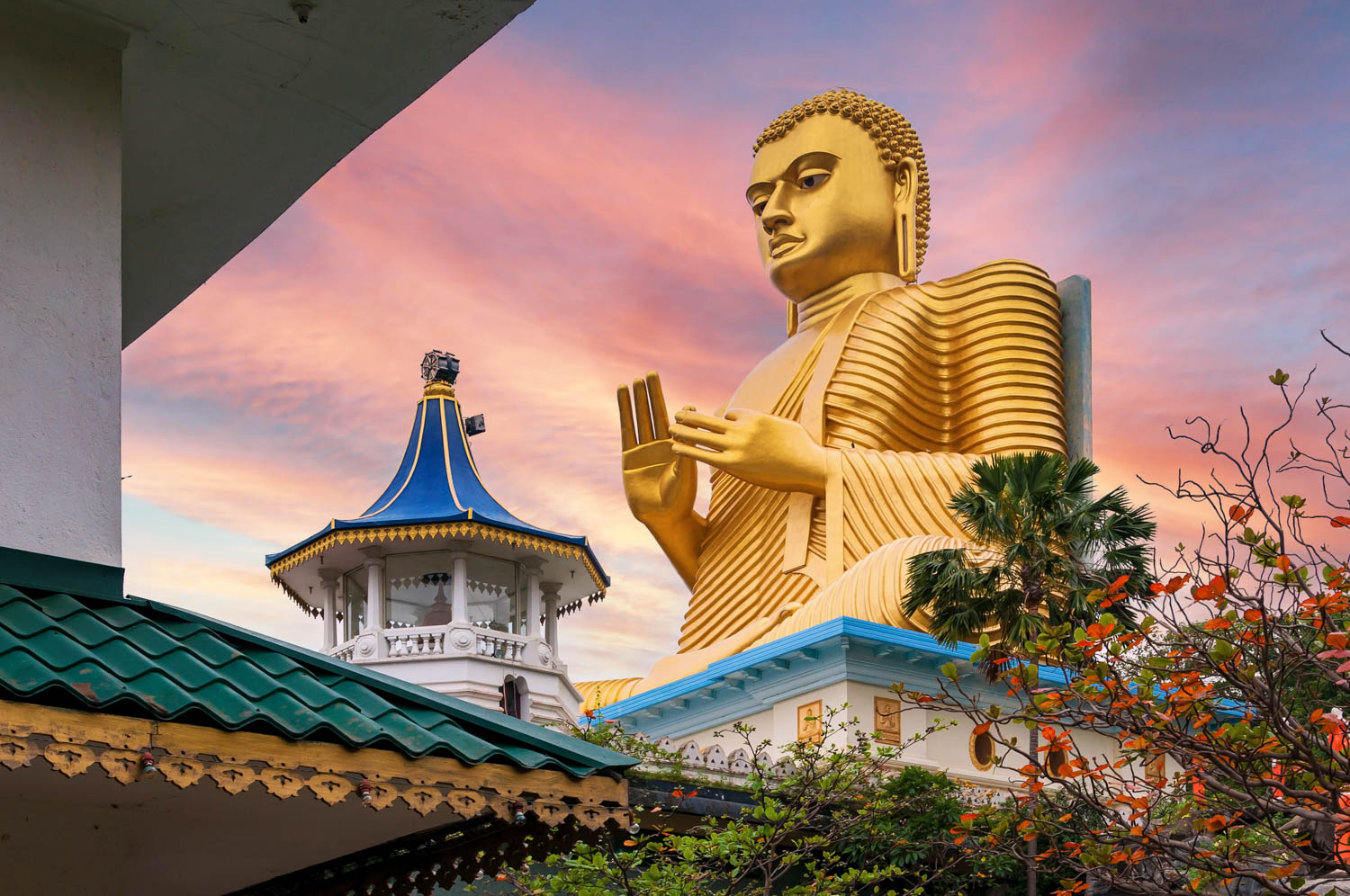
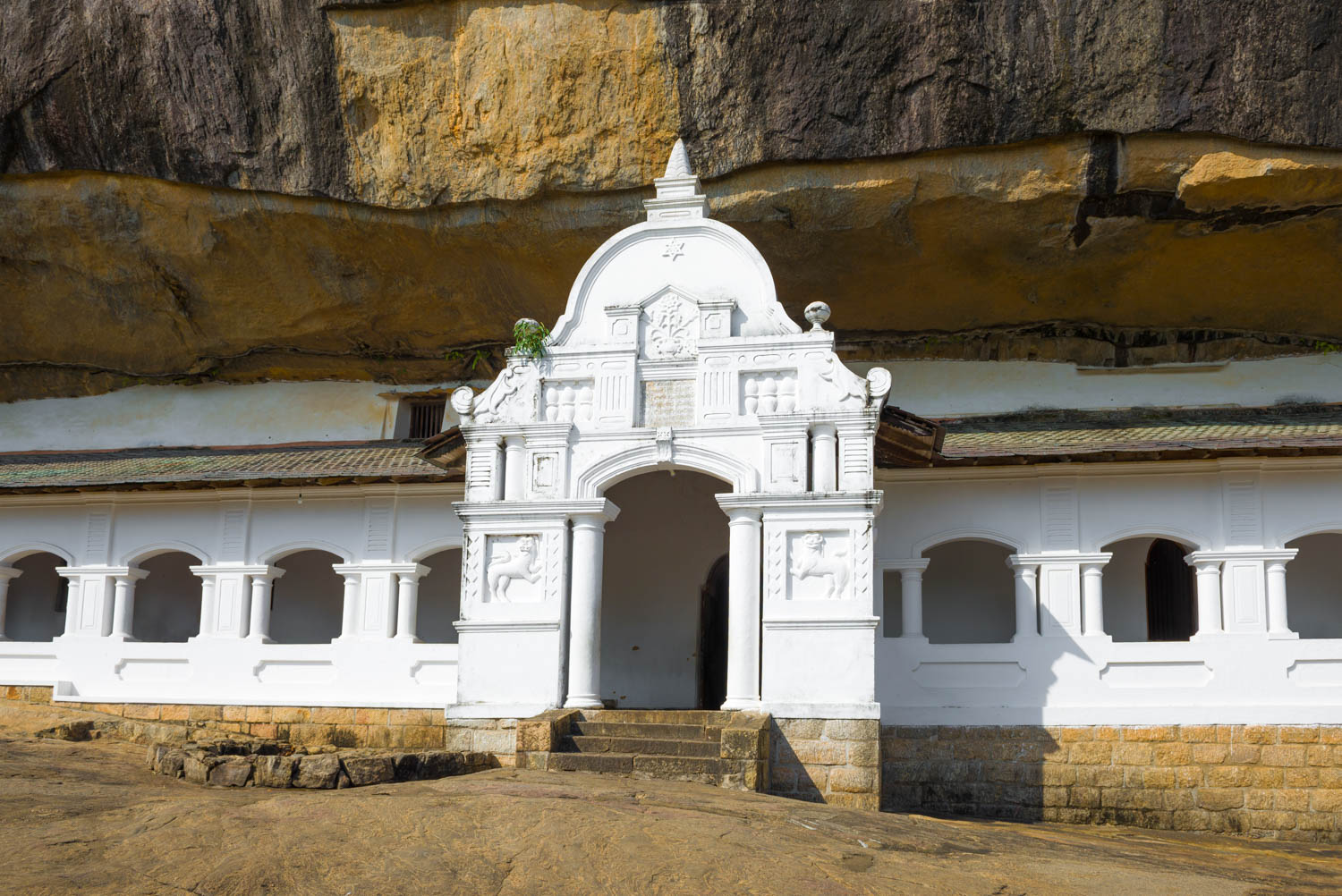
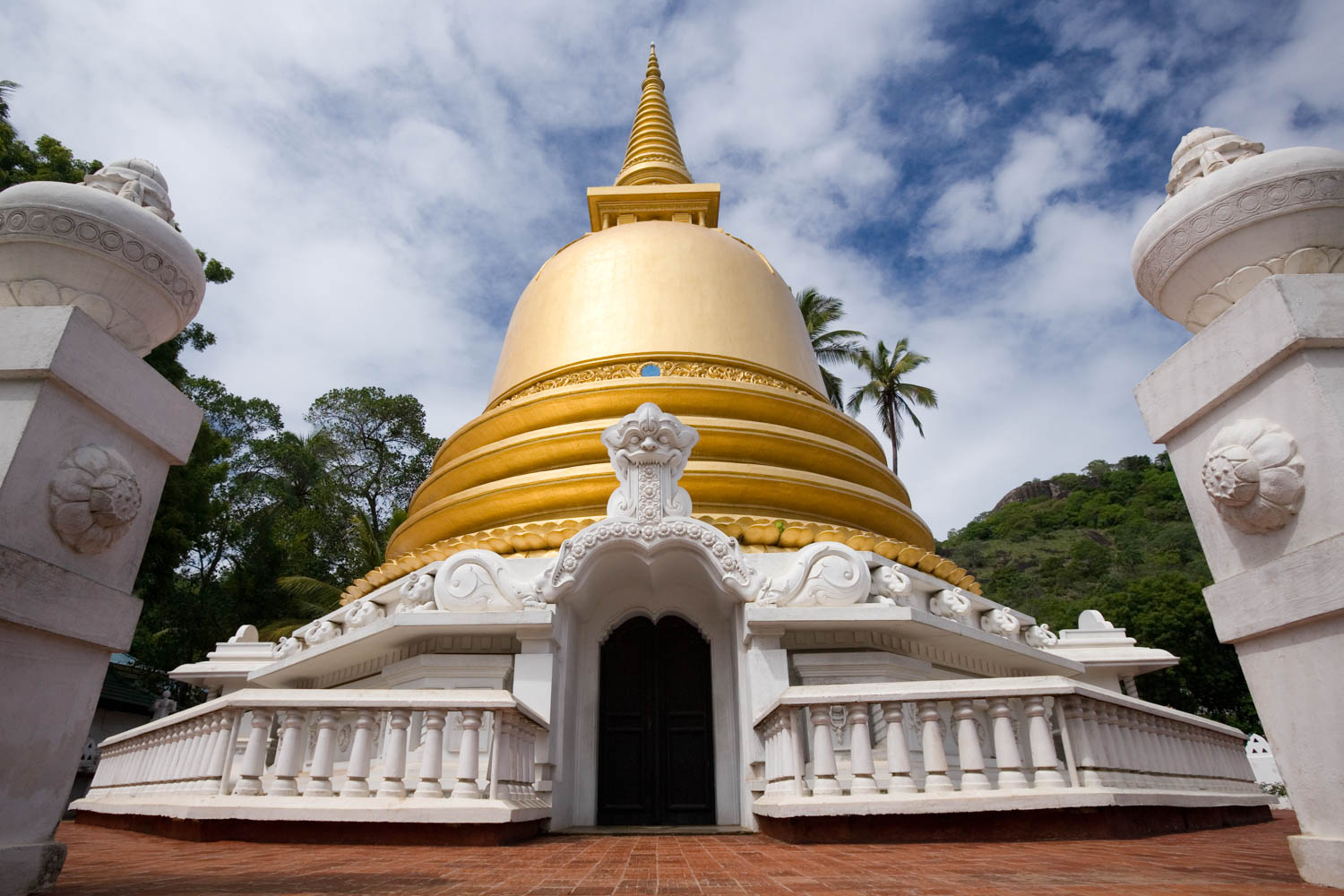
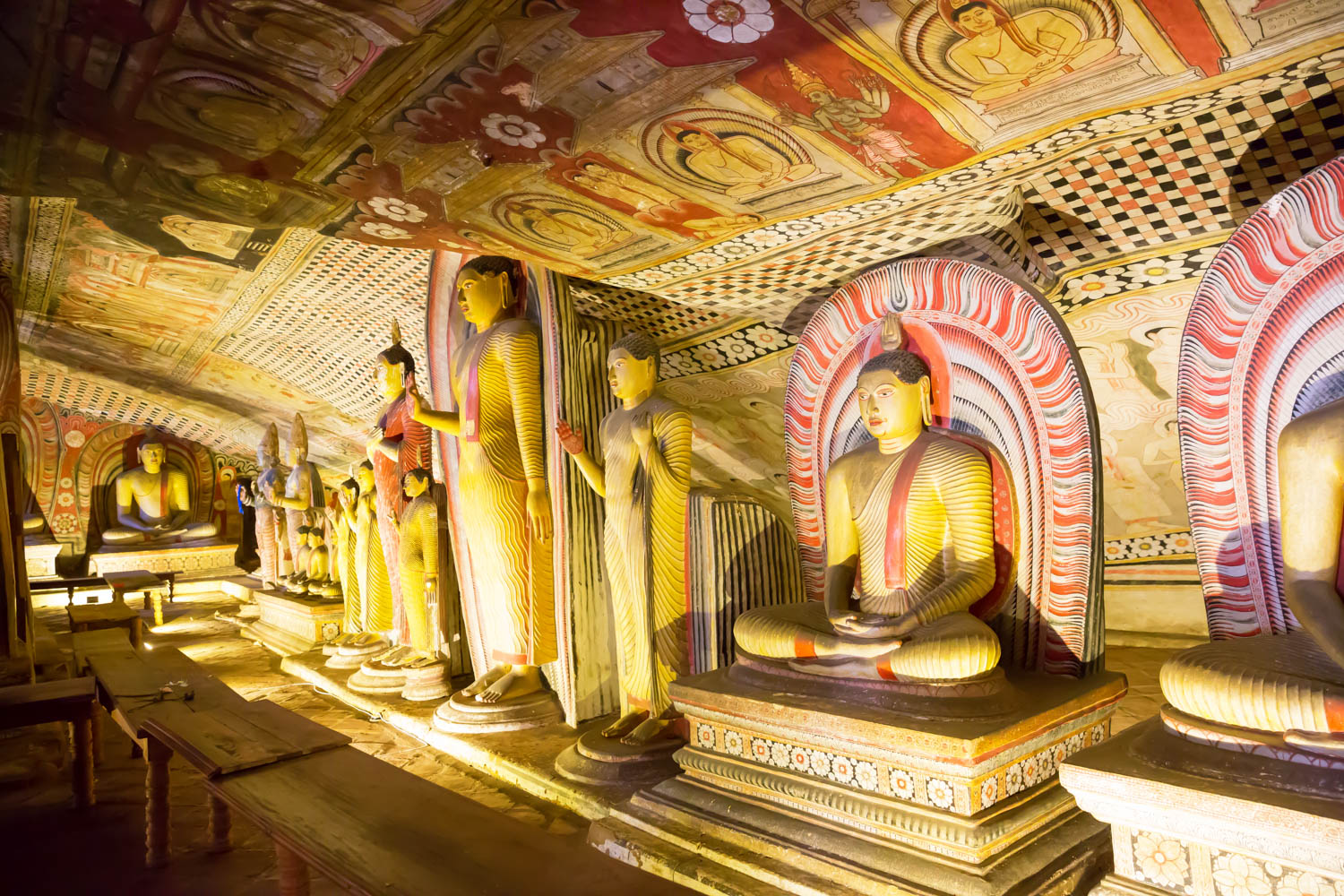
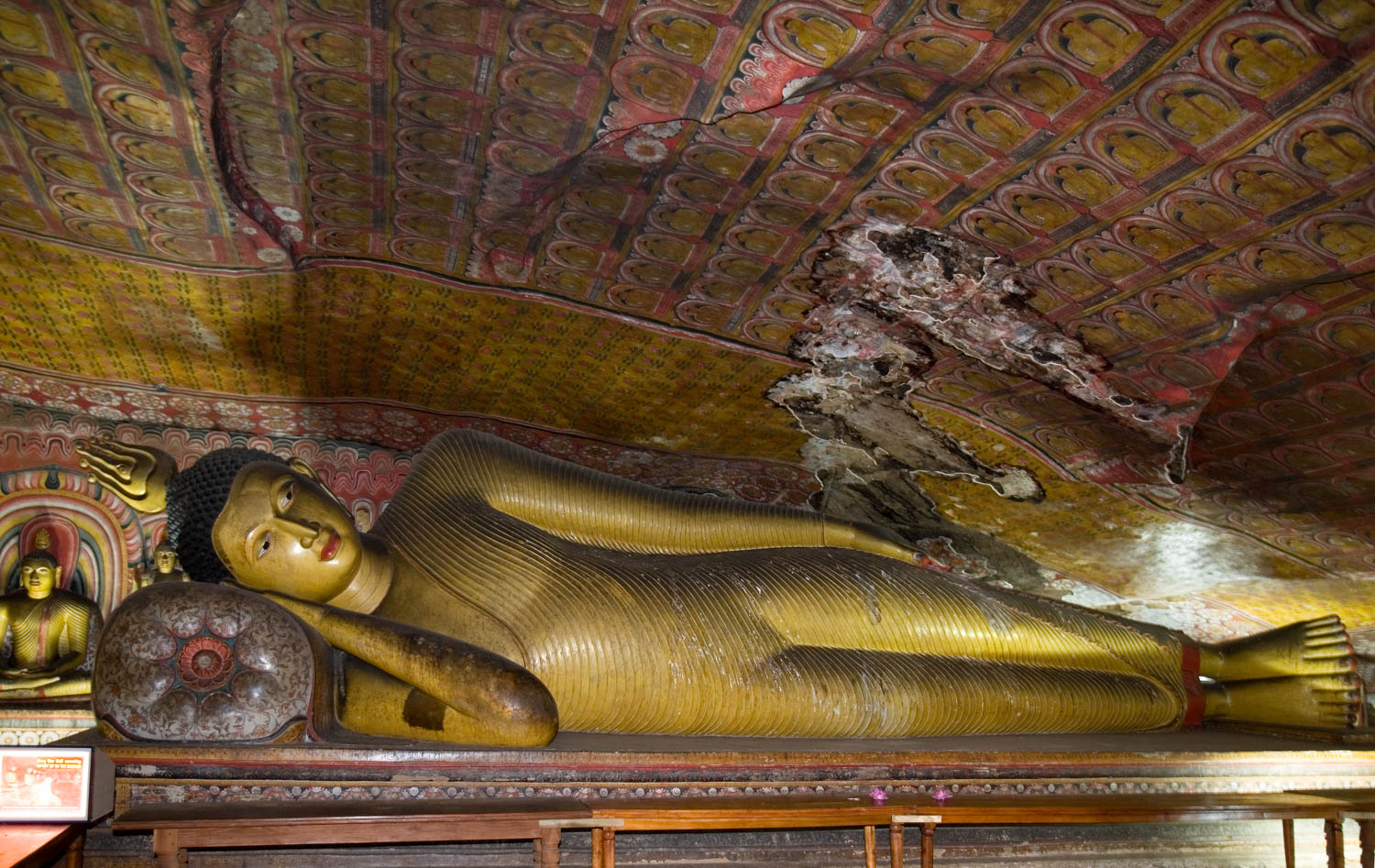
at a Glance.
Location
Dambulla, Central Province, Sri Lanka
Best for
Culture lovers, history enthusiasts, pilgrims, photographers, and spiritual seekers
Known For
UNESCO World Heritage cave temples, intricate murals, giant Buddha statues, and ancient rock art
Getting there
Key Highlights
1st century BCE, expanded and embellished over 2,000 years and since 1991 a key UNESCO world heritage site sri lanka
Fun facts
Dambulla Cave Temple is the largest and best-preserved cave temple complex in Sri Lanka, featuring over 150 Buddha statues and 2,100 m² of wall paintings that cover the cave ceiling and walls.
Why Visit Dambulla Cave Temple in Sri Lanka?
The Dambulla Cave Temple, also known as the Golden Temple of Dambulla or Dambulla Rock Temple, is one of the most significant unesco world heritage site sri lanka, renowned for its rich history, stunning artwork, and spiritual importance. Perched atop a vast overhanging rock rising 160 meters above the surrounding plains, this sacred cave complex has been a pilgrimage site for over 2,000 years.
Inside its five caves, visitors will discover impressive murals, intricate wall paintings, and more than 150 statues of Buddha, kings, and Hindu deities. These artworks and sculptures reflect the evolution of Sinhala art and the influence of various historical periods, including the work of the famous buddhist revivalist King Kirti Sri Rajasinha in the 18th century who acquired ceiling and wall paintings that remain vibrant today.
Prehistoric Sri Lankans sought refuge in these caves long before Buddhism arrived, with burial sites about 2,700 years old nearby, highlighting the site's ancient significance.
The temple complex is still an active buddhist temple, and its preservation efforts focus on maintaining the delicate murals and statues, especially those on the cave ceiling dating back centuries.
Located in the heart of the Cultural Triangle, Dambulla is often combined with nearby unesco world heritage site sri lanka attractions such as Sigiriya Rock Fortress, Polonnaruwa, and Anuradhapura, making it an essential stop on any Sri Lankan cultural tour.
History of Dambulla Cave Temple
- 1st Century BCE – King Valagamba (Vattagamini Abhaya) sought refuge in the caves during a 14-year exile. After regaining his throne, he transformed these caves into a magnificent buddhist temple complex to honor Lord Buddha’s teachings.
- 12th Century CE – King Nissanka Malla, a famous buddhist revivalist, gilded the caves and added numerous Buddha statues, enriching the temple’s artwork and architecture.
- 18th Century CE – King Kirti Sri Rajasinha further expanded the temple, acquiring ceiling and wall paintings in the distinctive Kandyan style, adding about 50 Buddha statues and vibrant murals depicting Buddha’s life and the country’s history.
- 1991 – The site was officially recognized as a UNESCO World Heritage Site, cementing its status as a cultural treasure of sri lanka.
The cave complex consists of five caves under a vast overhanging rock, accessible by a gentle slope and stone steps from the main road.
The largest cave measures approximately 52 meters wide, 23 meters deep, and up to 7 meters high, featuring an impressive collection of statues and murals.
Maharaja Viharaya, also known as the second and largest cave, contains 16 standing and 40 seated Buddha statues, along with statues of gods Saman and Vishnu, and kings who contributed to the temple’s legacy.
King Nissanka Malla’s contributions are evident throughout the complex, especially in the gilded statues and intricate murals.
Cave 1, the first cave visitors encounter, houses a giant 14-meter reclining Buddha statue carved directly from living rock, with Buddha’s favourite pupil Ananda depicted at his feet and the god Vishnu at the cave entrance, symbolizing divine powers protecting the site.
The caves also reveal Sri Lanka’s long buddhist legacy while showcasing Hindu influences through statues of Vishnu and Ganesh.
Photo by UGA Chena Huts

Photo by UGA Chena Huts

Cave Complex – What You’ll See
The Dambulla Rock Temple comprises five main caves, each with unique features and historical significance:
- Devaraja Lena (Cave of the Divine King)
- The first cave, featuring a colossal 14-meter reclining Buddha statue carved from living rock.
- Statues of Buddha’s favourite pupil Ananda at the feet and Vishnu at the cave entrance, believed to have divine powers that created the caves.
- Maharaja Lena (Cave of the Great Kings)
- The second and largest cave, measuring 52m wide, 23m deep, and 7m high.
- Houses 56 Buddha statues (16 standing and 40 seated), statues of kings like King Valagamba and King Nissanka Malla, and gods such as Saman.
- The cave ceiling dating to the 18th century is adorned with vibrant murals depicting Buddha’s life, including the temptation by the demon Mara, and further pictures illustrating the country’s history.
- Contains a dagoba and a natural spring dripping water with reputed healing powers.
- Maha Alut Viharaya (Great New Temple)
- The third cave, known as the "Great New Temple," acquired ceiling and wall paintings during King Kirti Sri Rajasinha’s reign in the 18th century.
- Contains about 50 Buddha statues and a statue of the king himself.
- Pachima Viharaya (Western Temple)
- A smaller cave with seated Buddha statues in meditative poses.
- Contains a small dagoba believed to have once held Queen Somawathie’s jewelry.
- Features statues of gods Vishnu and Saman.
- Devana Alut Viharaya (Second New Temple)
- The newest cave, containing 11 Buddha statues, including a reclining Buddha made of plaster and brick rather than carved rock.
- Also features Hindu deities, reflecting the syncretic religious heritage of the site.
👉 Together, these caves hold more than 150 Buddha statues and over 2,100 m² of murals, making Dambulla the most extensive cave temple complex in Sri Lanka.
Highlights & Things to Do at Dambulla
Admire the Cave Murals – Marvel at the intricate frescoes on the cave ceiling and walls, depicting scenes from Buddha’s life, the demon Mara’s temptation, and important events in the country’s history.
Marvel at the Buddha Statues – From the giant reclining Buddhas carved from living rock to seated and standing figures, each statue tells a story of devotion and artistry.
Golden Temple of Dambulla – At the base of the rock, visit the modern temple with a massive golden Buddha statue standing 30 meters high, a striking contrast to the ancient caves above.
Panoramic Views – Climb the gentle slope to the caves and enjoy breathtaking views of the surrounding plains, including the famous Sigiriya Rock Fortress 19 km away.
Photography – Capture the atmospheric interiors with low light settings; remember flash photography is prohibited to protect the delicate murals.
Best Time to Visit
- Morning (7 AM – 10 AM) → Cooler temperatures and fewer crowds make for a more pleasant climb and exploration.
- Late Afternoon (4 PM – 6 PM) → Enjoy golden light illuminating the caves and a comfortable walk down.
The best season is December – April (dry season). The monsoon months of May–October bring rain but fewer tourists.
Related Read : Your complete Guide on Best time to Visit Sri Lanka in 2026
Restaurants in Dambulla
- Local Eateries – Enjoy authentic Sri Lankan rice & curry meals (LKR 400–800).
- Hotel Dining – Heritance Kandalama & Jetwing Lake offer fine dining with international and Sri Lankan fusion cuisine.
- Street Food – Try hoppers, kottu roti, and fresh fruit juices near the temple.
Photo by UGA Chena Huts

Photo by UGA Chena Huts
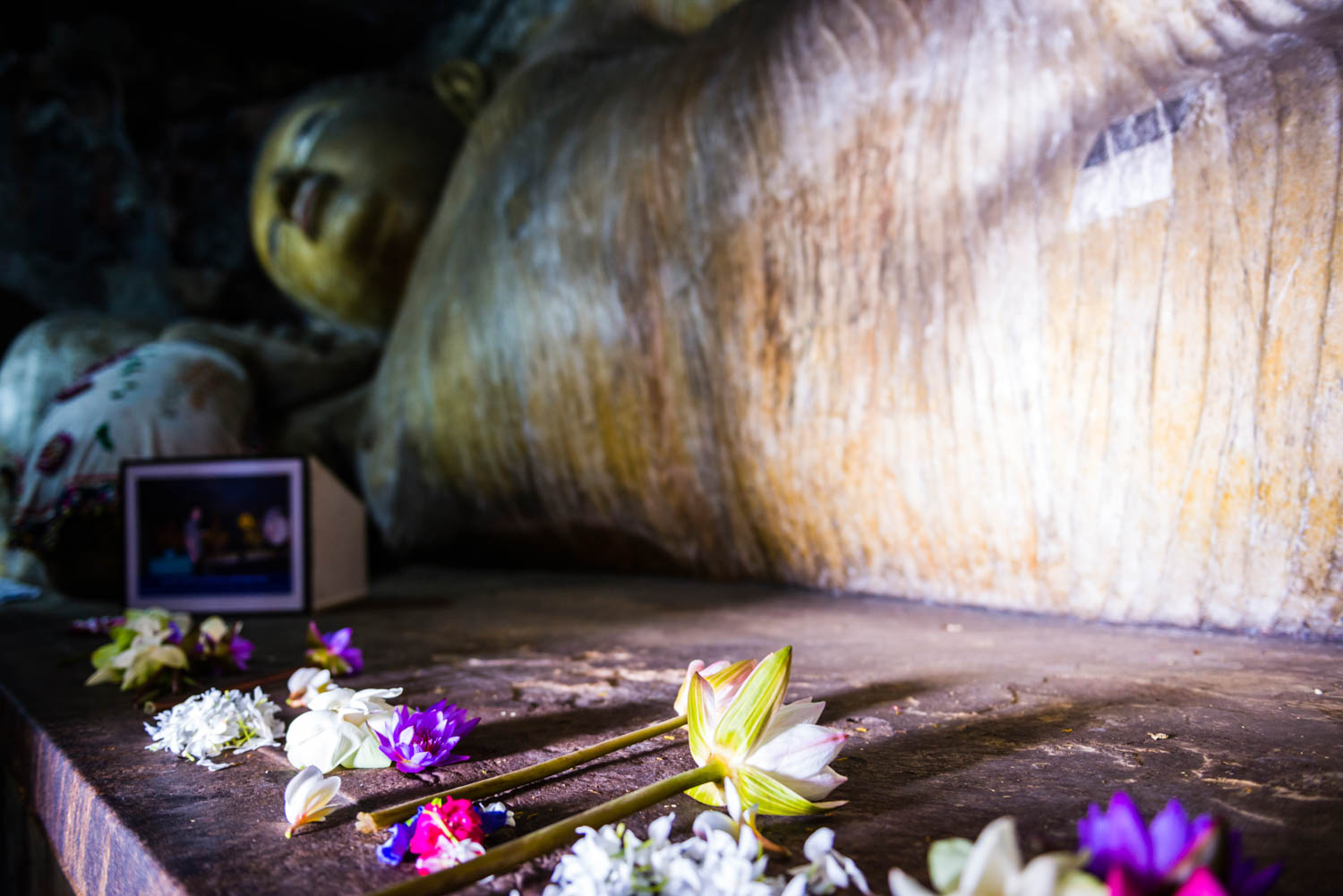
what
to see.
From Historical sites to Tea Estates, From Wildlife to Surfing
Explore our guides to top Attractions in Sri lanka
Hotels in Dambulla
Dambulla offers accommodation for all budgets, from budget guesthouses to luxury resorts:
Budget ($25–40)
- Local guesthouses with traditional meals.
- Eco-lodges offering simple, comfortable stays.
Mid-Range ($60–120)
- Jetwing Lake Dambulla – Lakeside hotel with modern amenities.
- Heritance Kandalama – Iconic hotel designed by Geoffrey Bawa, built into a cliffside overlooking the reservoir.
Luxury ($200+)
- Amaya Lake – Villa-style luxury on the lakefront.
- Aliya Resort & Spa – Infinity pools with views of Sigiriya Rock.
Nearby Attractions – Cultural Triangle
Dambulla lies within Sri Lanka’s Cultural Triangle, making it ideal to combine with other unesco world heritage site sri lanka destinations:
- Sigiriya Rock Fortress (20 min drive) – An ancient royal palace and fortress atop a massive rock formation.
- Polonnaruwa (1 hr 15 min) – The medieval capital with impressive ruins, including the Gal Vihara rock-cut Buddha statues.
- Anuradhapura (1.5 hrs) – The sacred city with stupas, monasteries, palaces, and the revered Bodhi Tree.
- Minneriya National Park (1 hr) – Famous for “The Gathering” of wild elephants.
.jpeg)
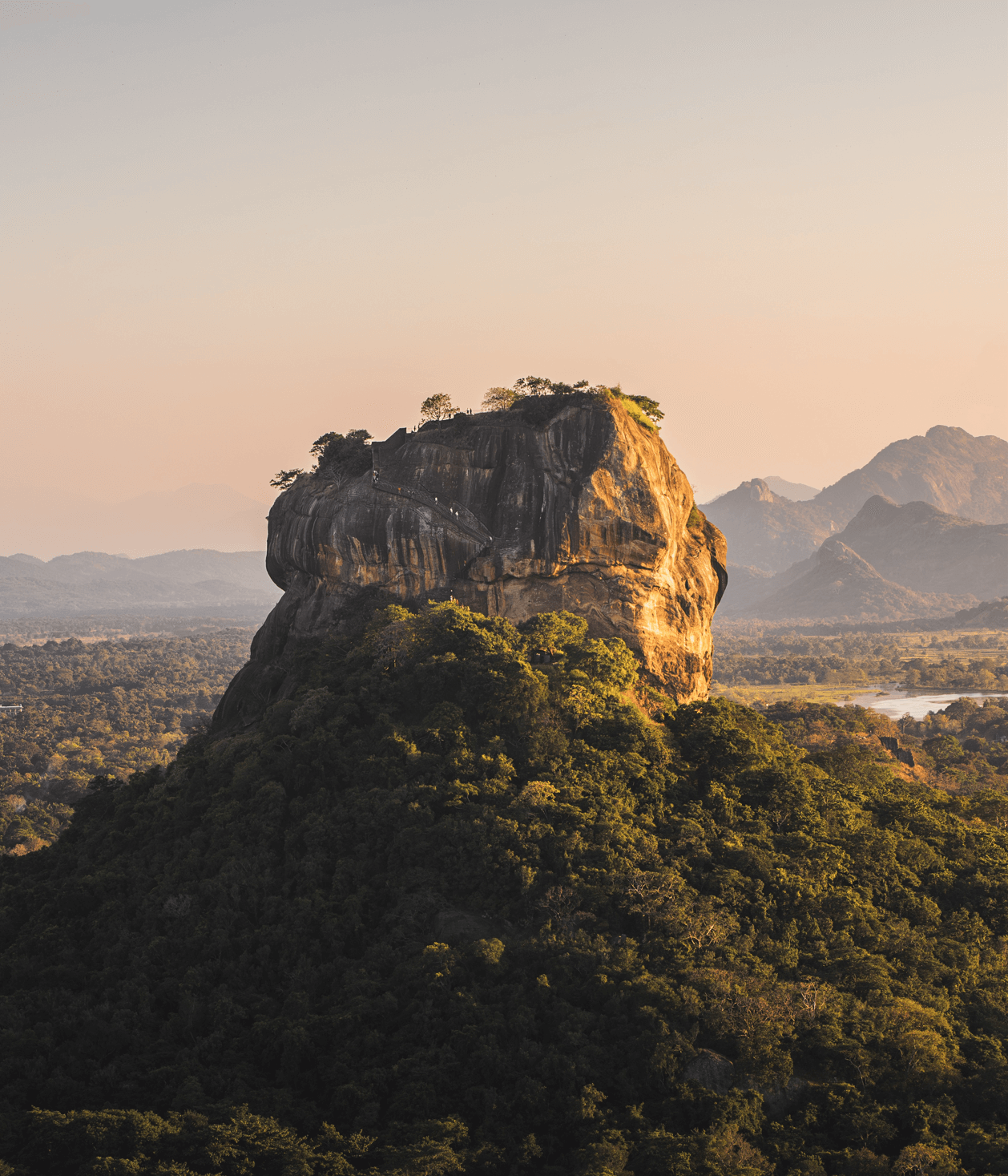
Getting to and Around Dambulla
Dambulla is easily accessible by road, located along the main A9 highway connecting Kandy and northern Sri Lanka. From Colombo, it takes about 4 to 5 hours by car or bus, while from Kandy, it's just 1.5 to 2 hours. Regular buses and private taxis serve the route, with guided tours often including Dambulla as part of the Cultural Triangle.
The cave temple complex is a short ride from Dambulla town center. Visitors can take tuk-tuks or taxis to the entrance, followed by a 15–20 minute climb up stone steps with scenic views of the surrounding plains and Sigiriya Rock.
For exploring nearby attractions, Dambulla is a convenient base with rental vehicles and tours available. To make the most of your visit, arrive early, wear comfortable shoes, stay hydrated, and dress respectfully for this unesco world heritage site sri lanka.
Photo by UGA Chena Huts
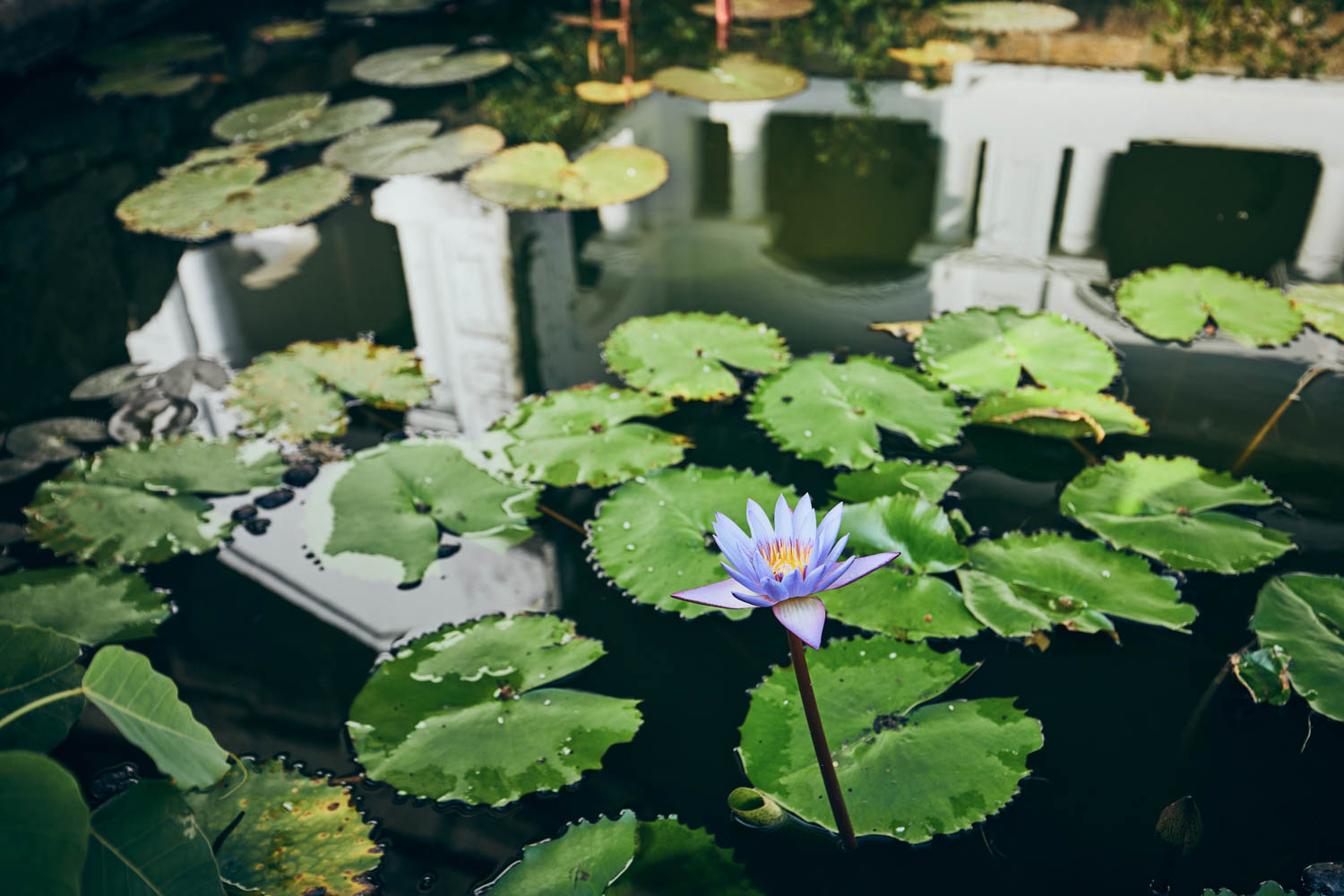
Photo by UGA Chena Huts
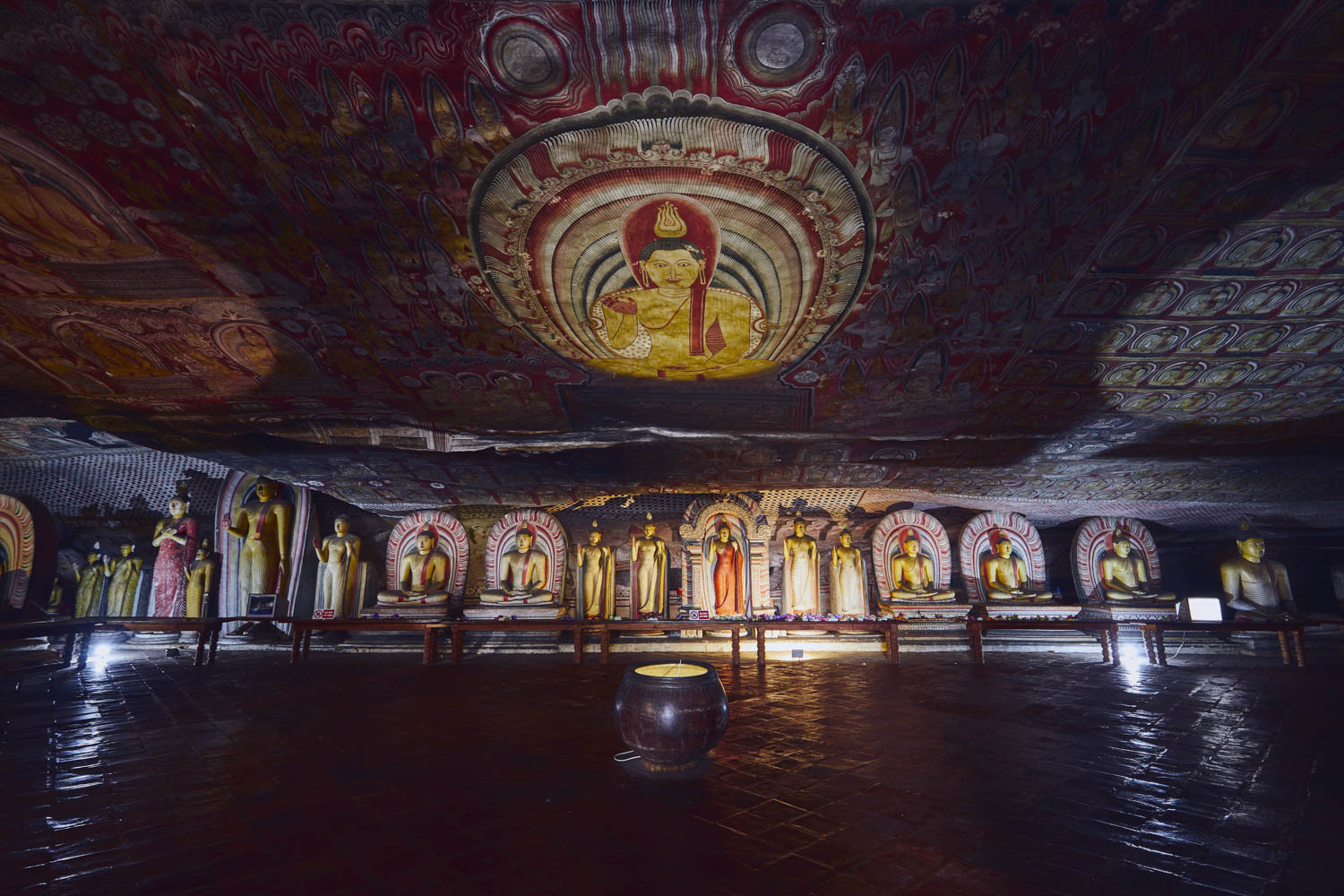
Practical Information
- Dress Appropriately – As a sacred buddhist temple, visitors should cover shoulders and knees. Men should wear trousers and women should wear dresses or trousers with covered shoulders.
- Remove Shoes – Shoes must be taken off before entering the caves. A small fee applies for shoe storage. Wearing socks is recommended due to the hot stone floors.
- Entrance Fee – LKR 2,000 (~$10) for foreign visitors.
- Climb – The climb to the caves is steep and takes about 15–20 minutes along a gentle slope with stone steps.
- Guides – Available at the cave entrance for around $10–15 and highly recommended to fully appreciate the history and artwork.
- Beware of Monkeys – The area is home to monkeys that may try to snatch food or bags; do not feed or pet them.
Got Questions? We Have Answers
Its ancient cave murals, over 150 Buddha statues, and status as a unesco world heritage site sri lanka.
The site dates back over 2,000 years to the 1st century BCE.
Typically 1.5–2.5 hours, including the climb and exploration of all five caves.
Modest clothing covering shoulders and knees; shoes must be removed before entering.
Yes, but note the climb may be tiring for young children.
Photography is allowed, but flash photography is prohibited to protect the murals.
Absolutely. It’s one of Sri Lanka’s most important cultural and religious sites, offering rich history, stunning artwork, and breathtaking views.
Conclusion
The Dambulla Cave Temple in Sri Lanka stands as a majestic testament to over two millennia of Buddhist devotion, artistry, and history. With its vibrant murals adorning the cave ceiling, majestic Buddha statues carved from living rock, and panoramic views of the cultural heartland, it remains an unmissable unesco world heritage site sri lanka.
Whether you seek spiritual reflection, cultural discovery, or simply wish to marvel at extraordinary ancient artwork, Dambulla Cave Temple will leave an indelible impression on your Sri Lanka journey.
✨ Plan your 2026 visit with Sithiyam and experience the Golden Temple of Dambulla at its most magical.
Explore
our
trips.
Whether you're looking for a Luxury holiday, a family vacation, or a perfect hideout for your honeymoon, we've got you covered.
where
to go.
Discover why Sri Lanka is the Pearl of Indian Ocean, a year round destination and perfect for everyone.
Faq
Questions about Sri Lanka travel?
We’ve got you covered.
Are your tours private?
Yes! Our tours are always private. You won’t share guides, vehicles, or experiences with strangers unless you choose to.
Can I combine luxury with family travel?
Definitely! Many of our clients are families who want both comfort and unforgettable memories. We can design kid-friendly luxury that delights every age.
How far in advance should I book a trip?
For a well planned holiday experience we recommend at least 6–8 weeks in advance, but we can also accommodate last-minute requests when possible.
Do you only focus on Sri Lanka?
For now, yes! We believe in offering deep, meaningful expertise in one destination before expanding elsewhere. Sri Lanka is our home, and we know it inside out.
Can I trust booking with a smaller company like yours?
Absolutely. Our strength is in our personalized service, trusted local partners, and the fact that we treat every trip as if it were our own. That’s why families and luxury travelers choose us again and again.

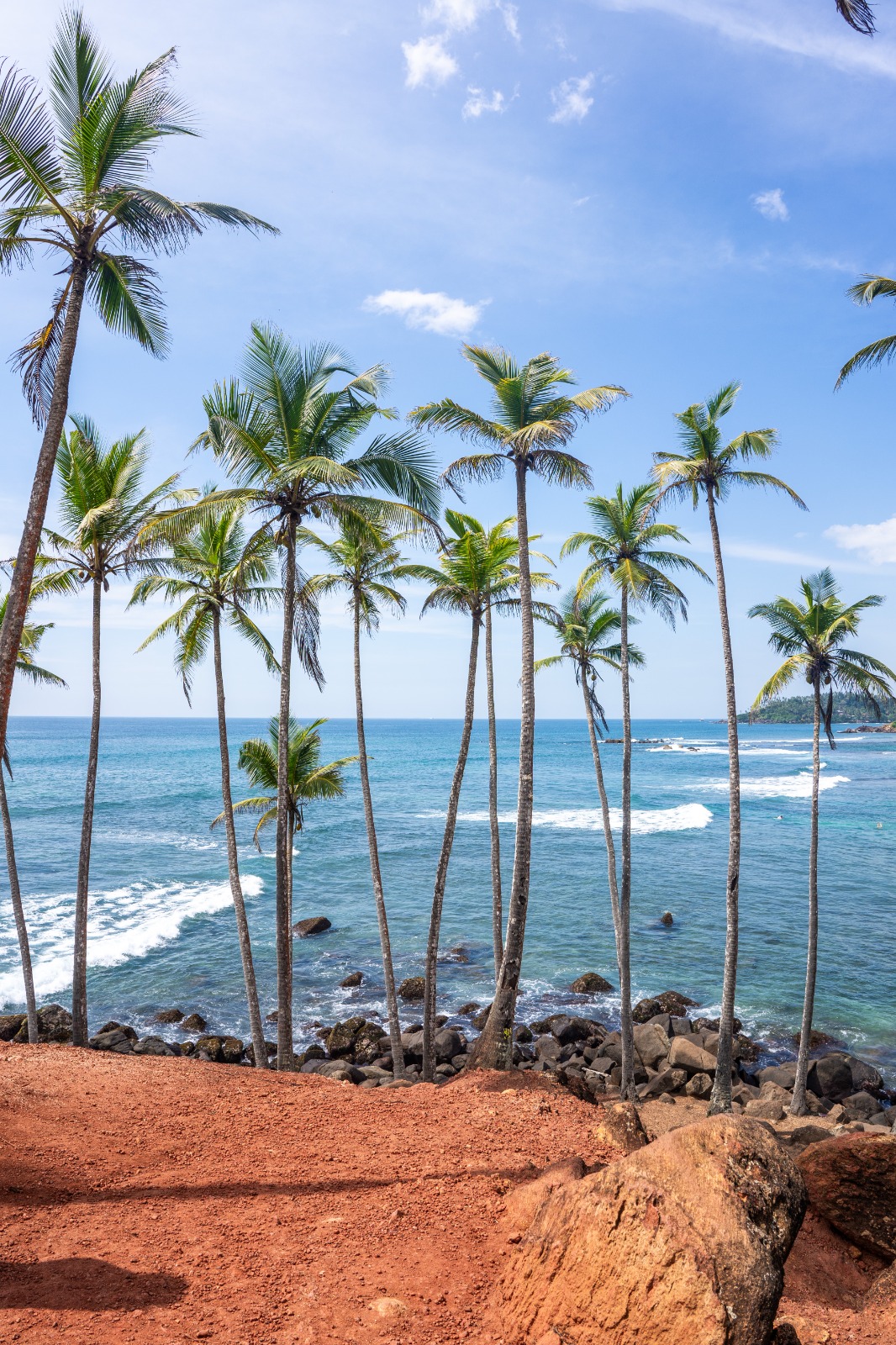
%201.jpg)
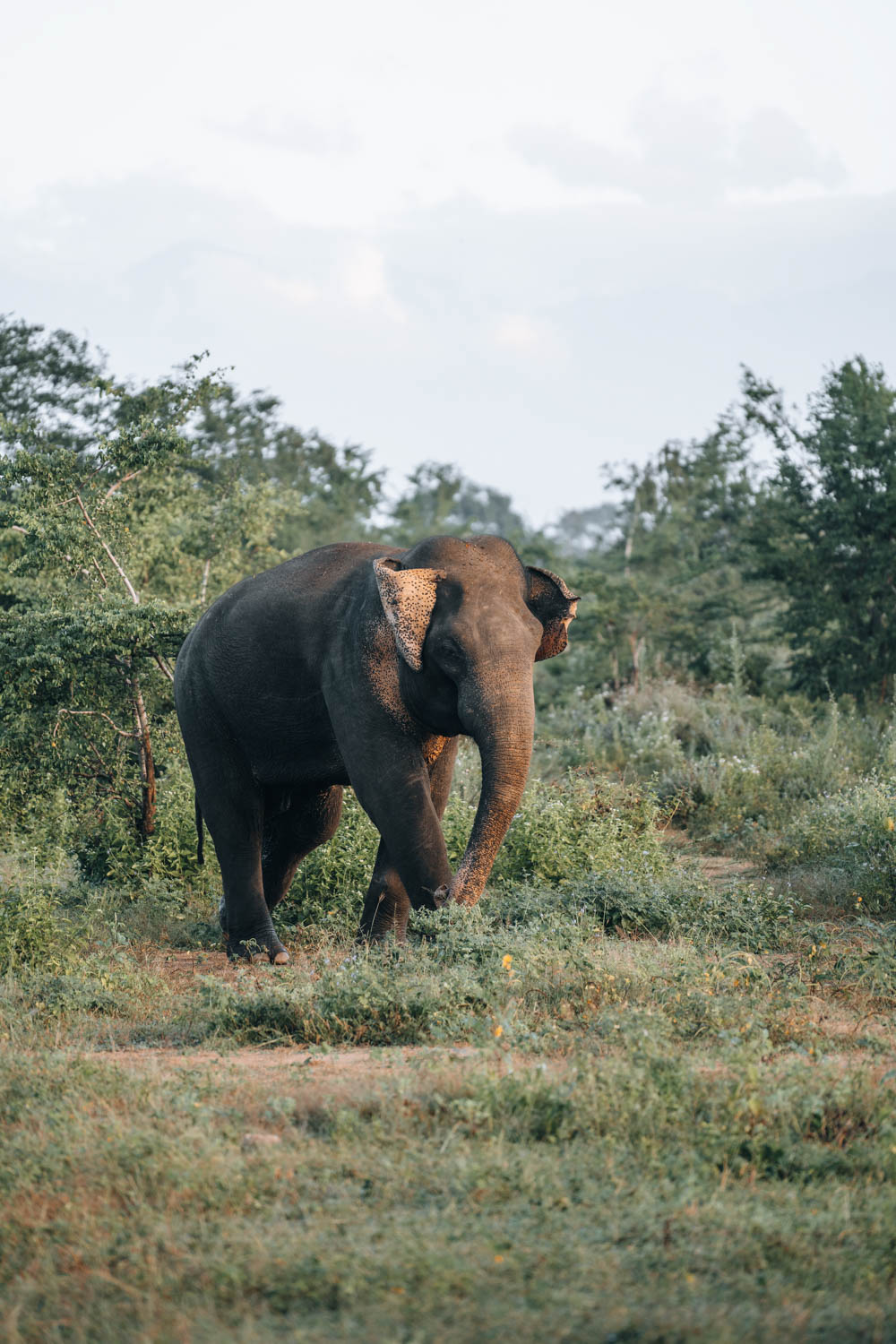
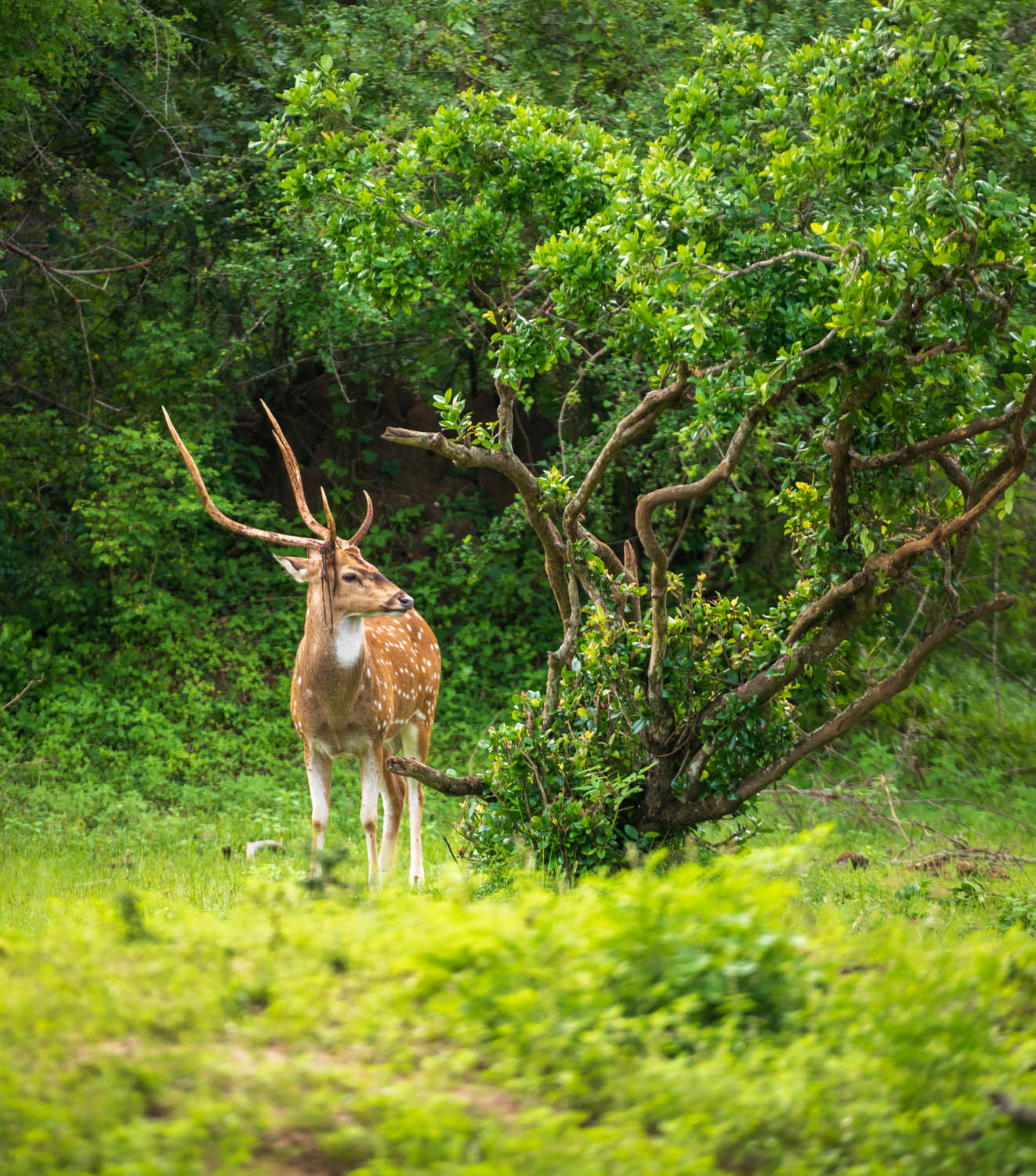
.jpeg)
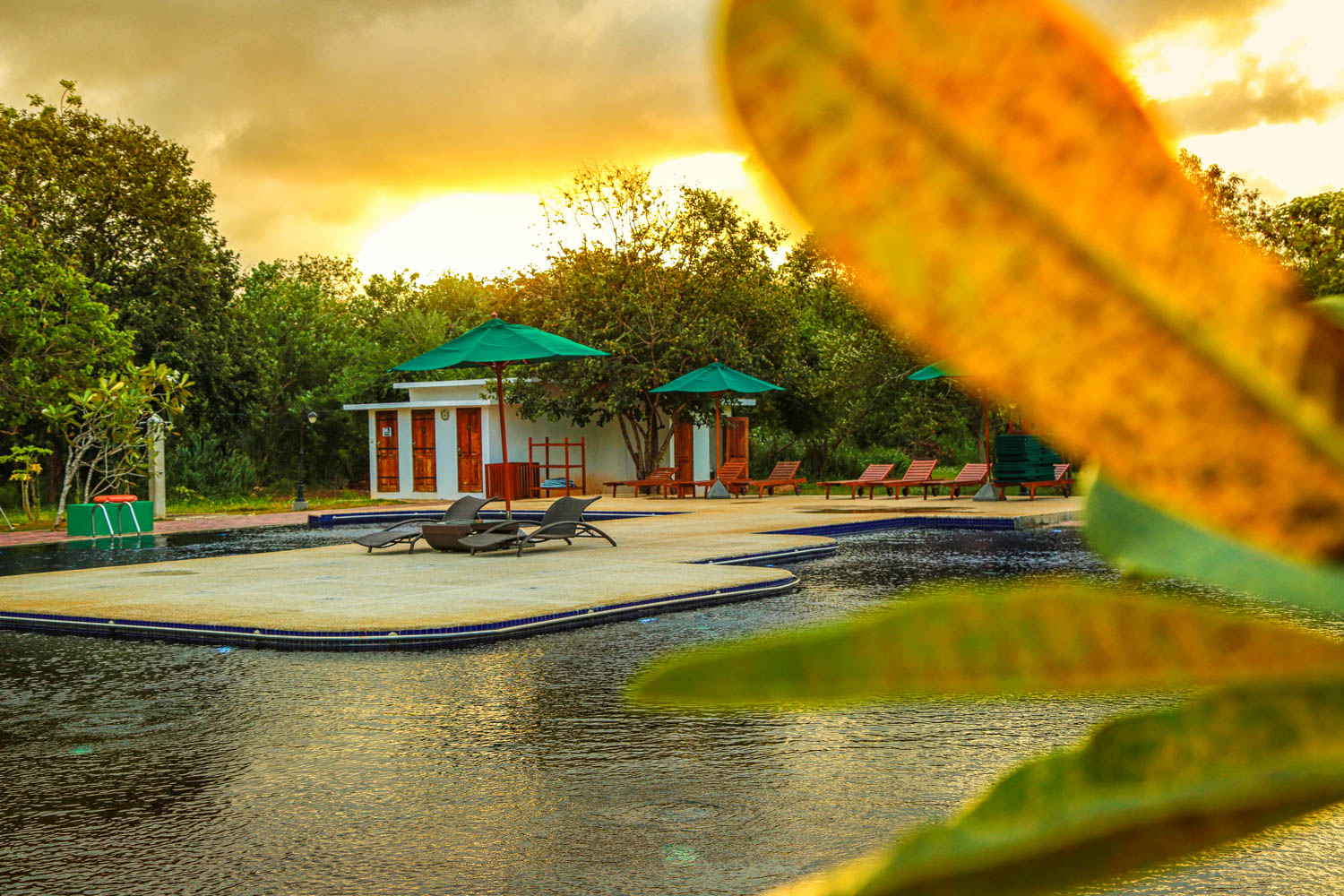
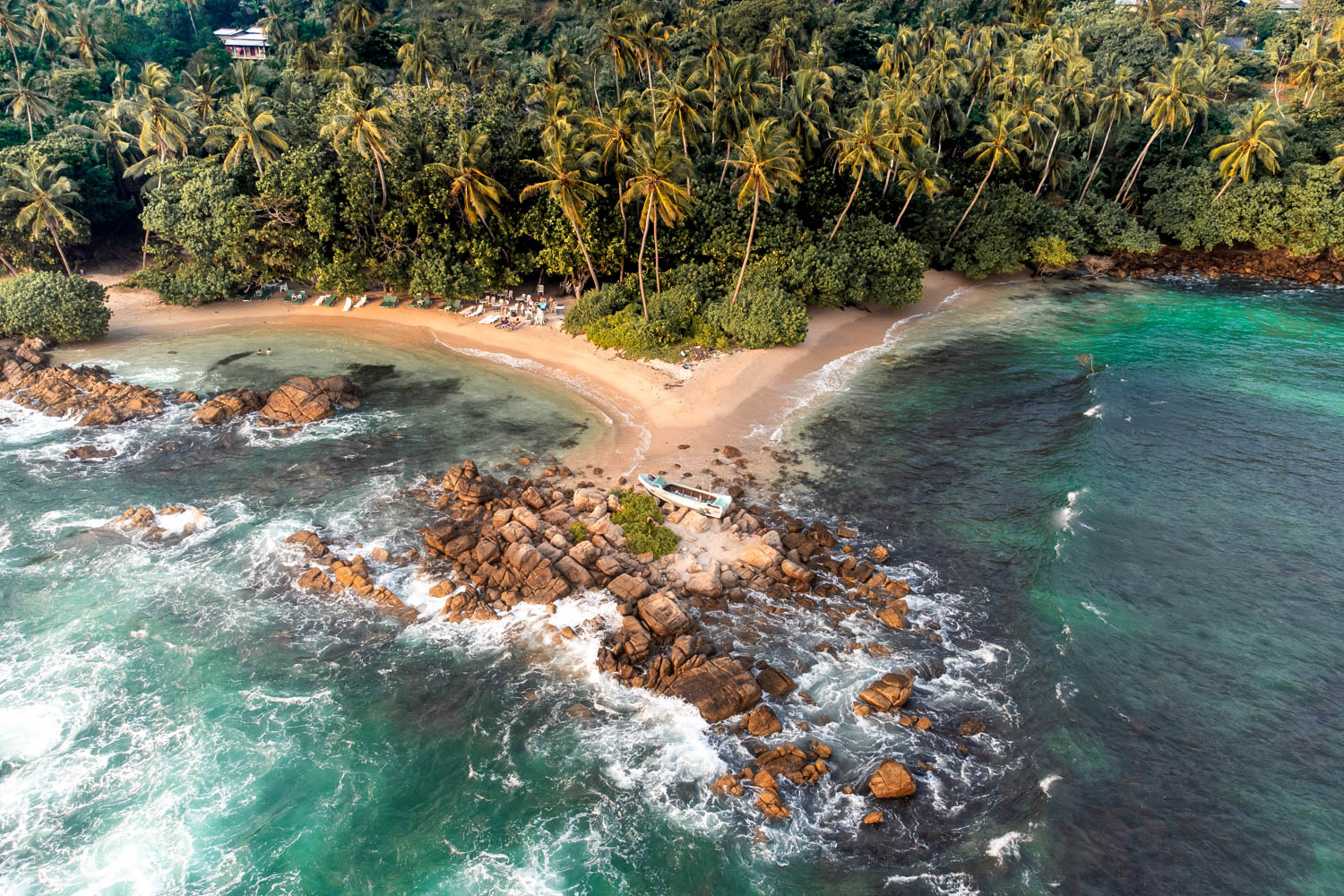
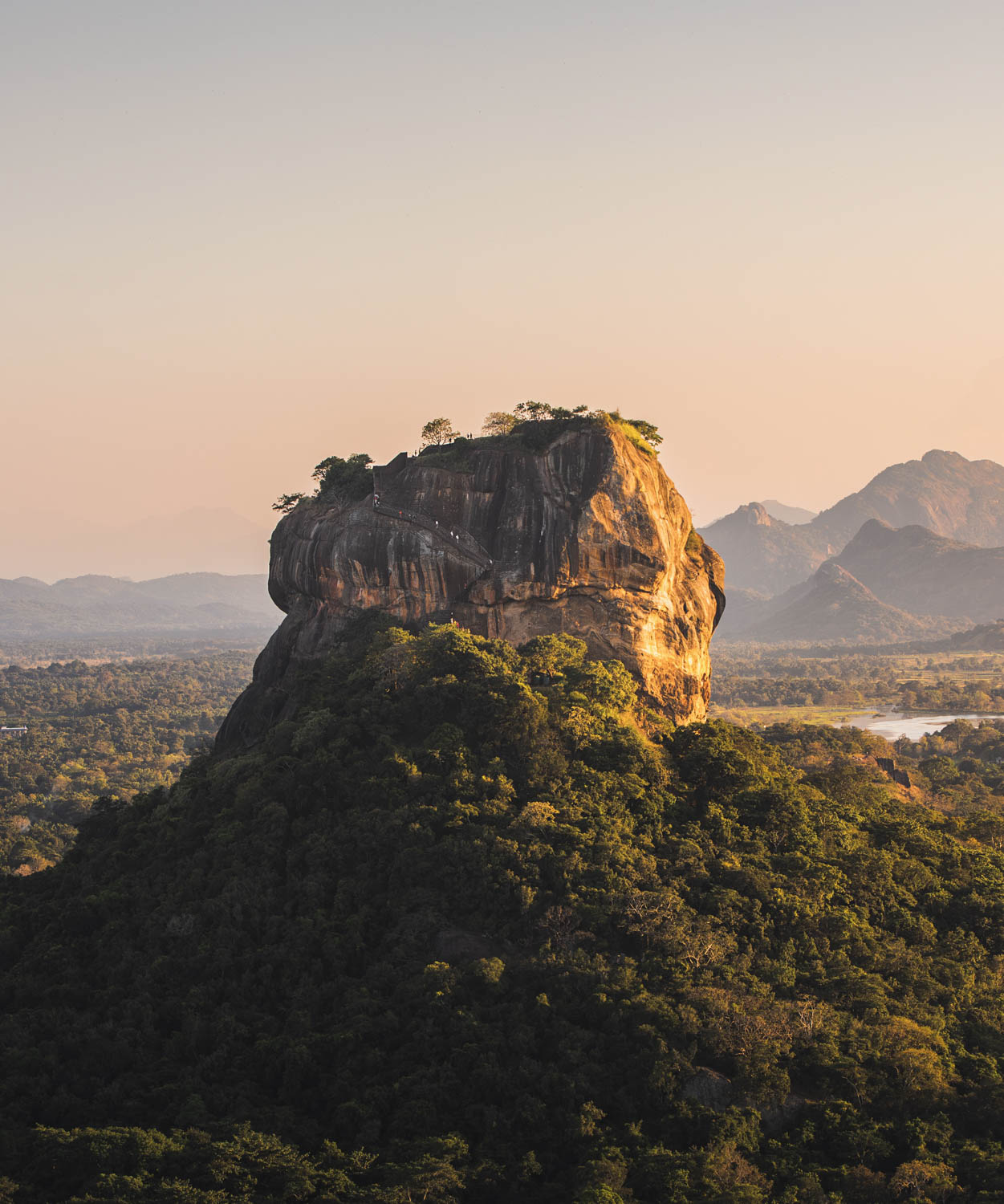

.jpeg)

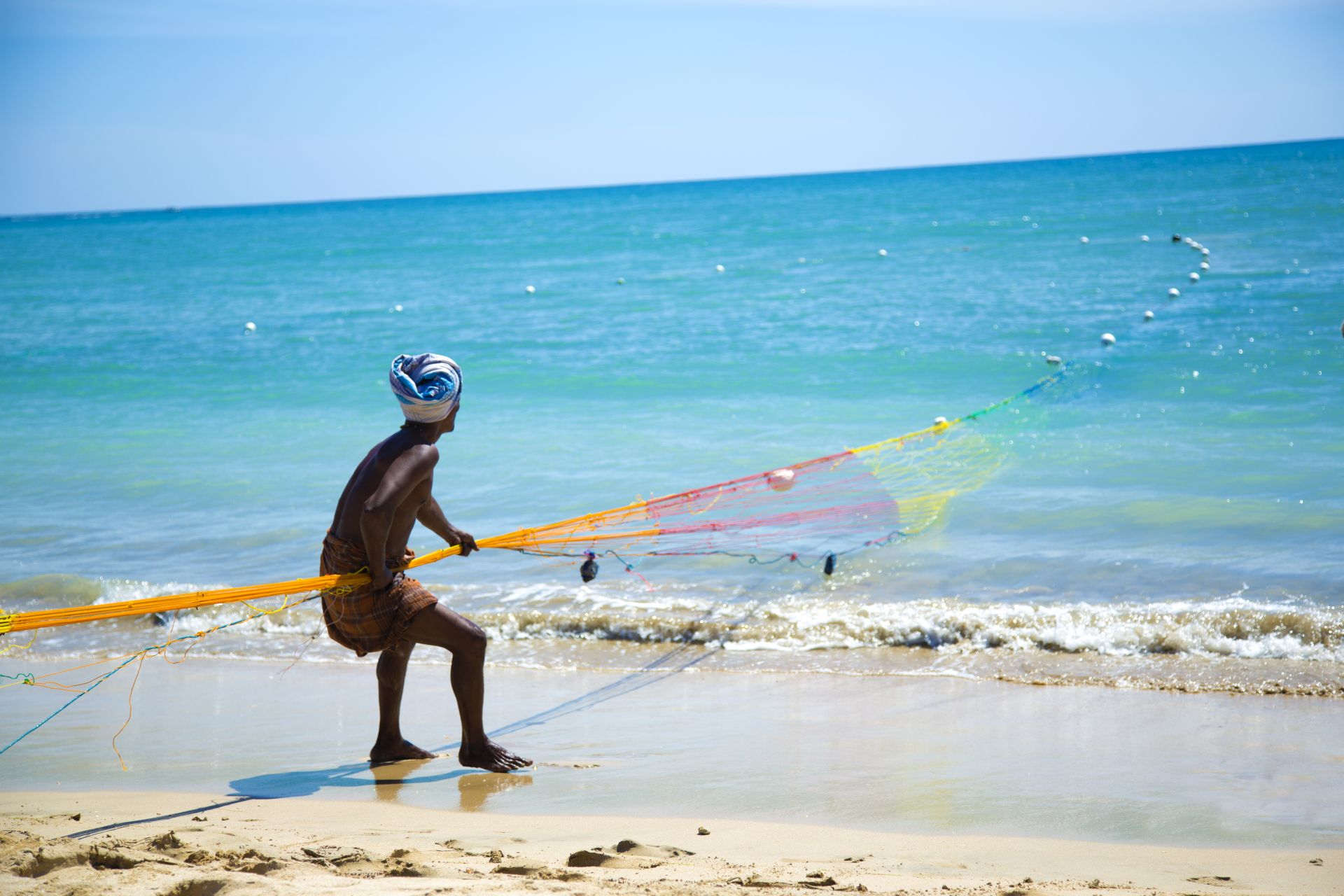

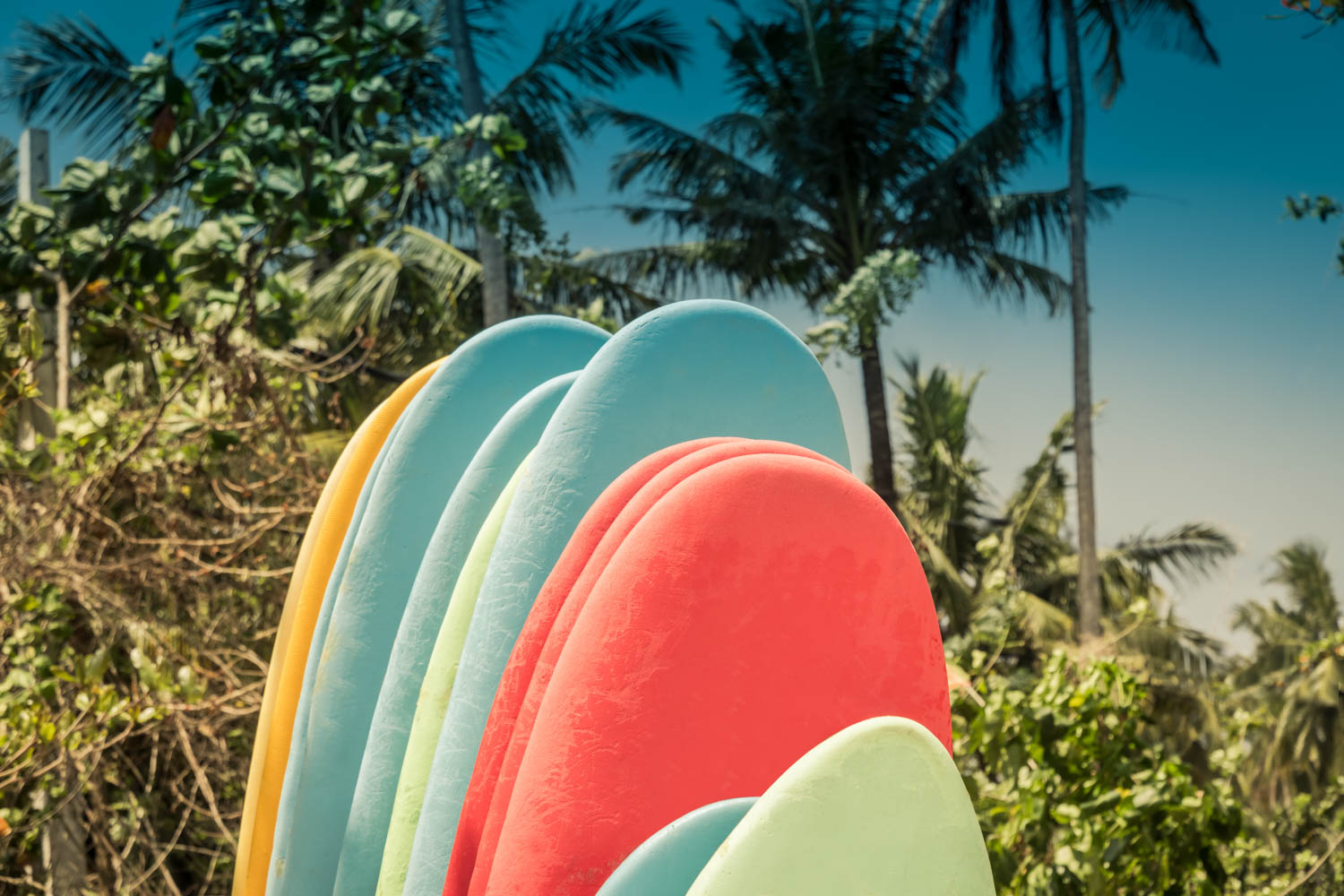
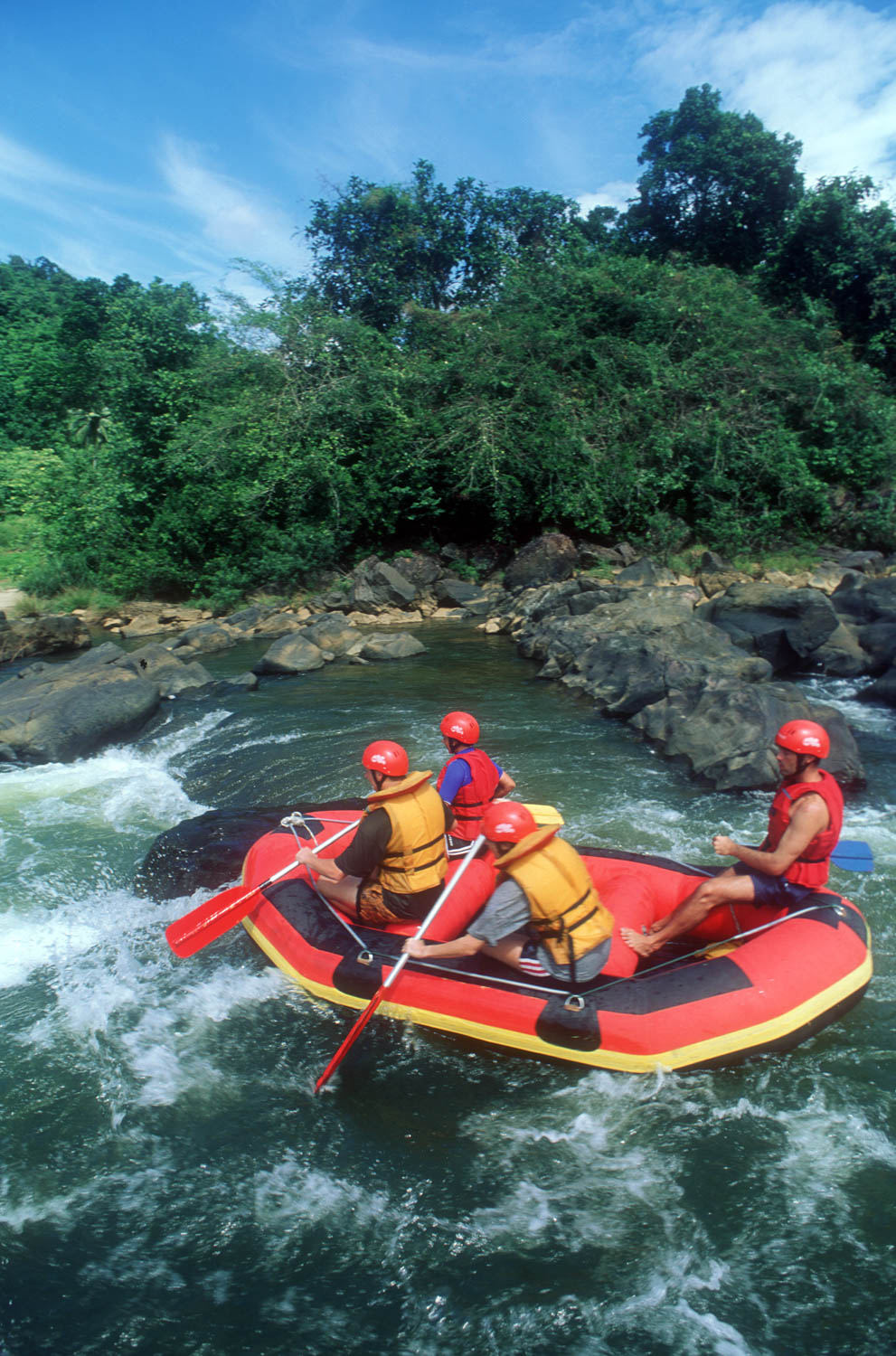
.jpg)
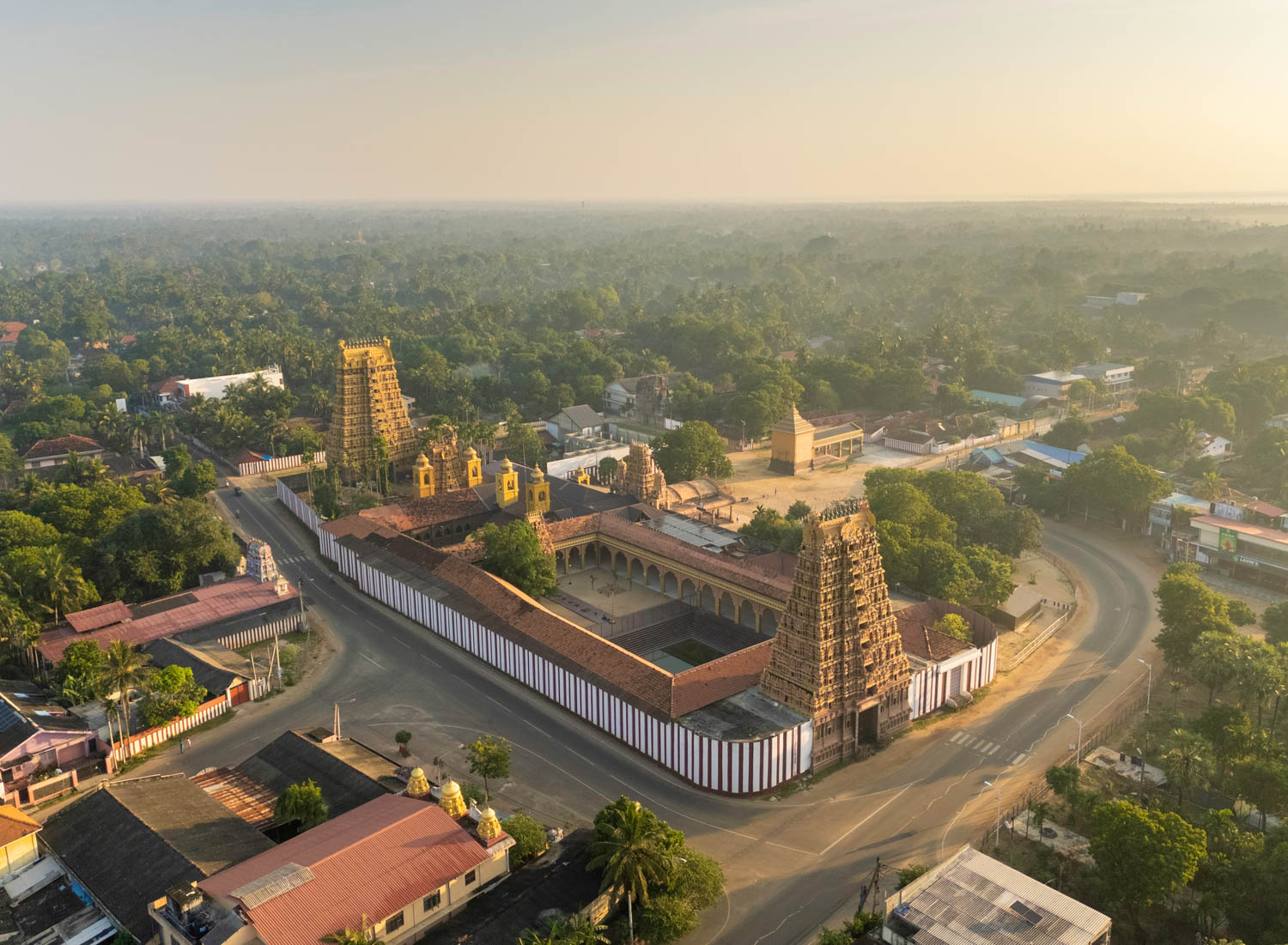
.jpeg)
-2.jpg)
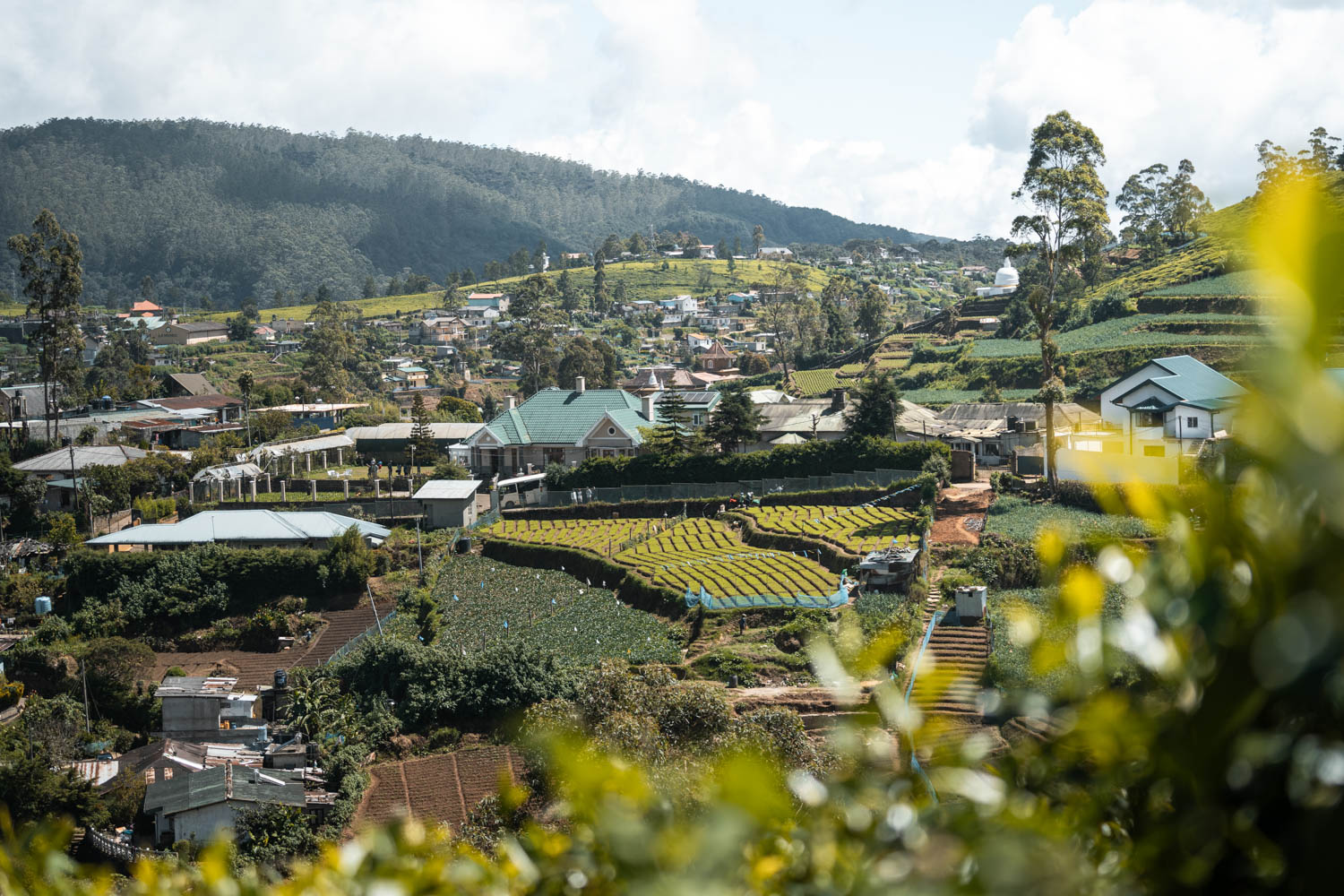
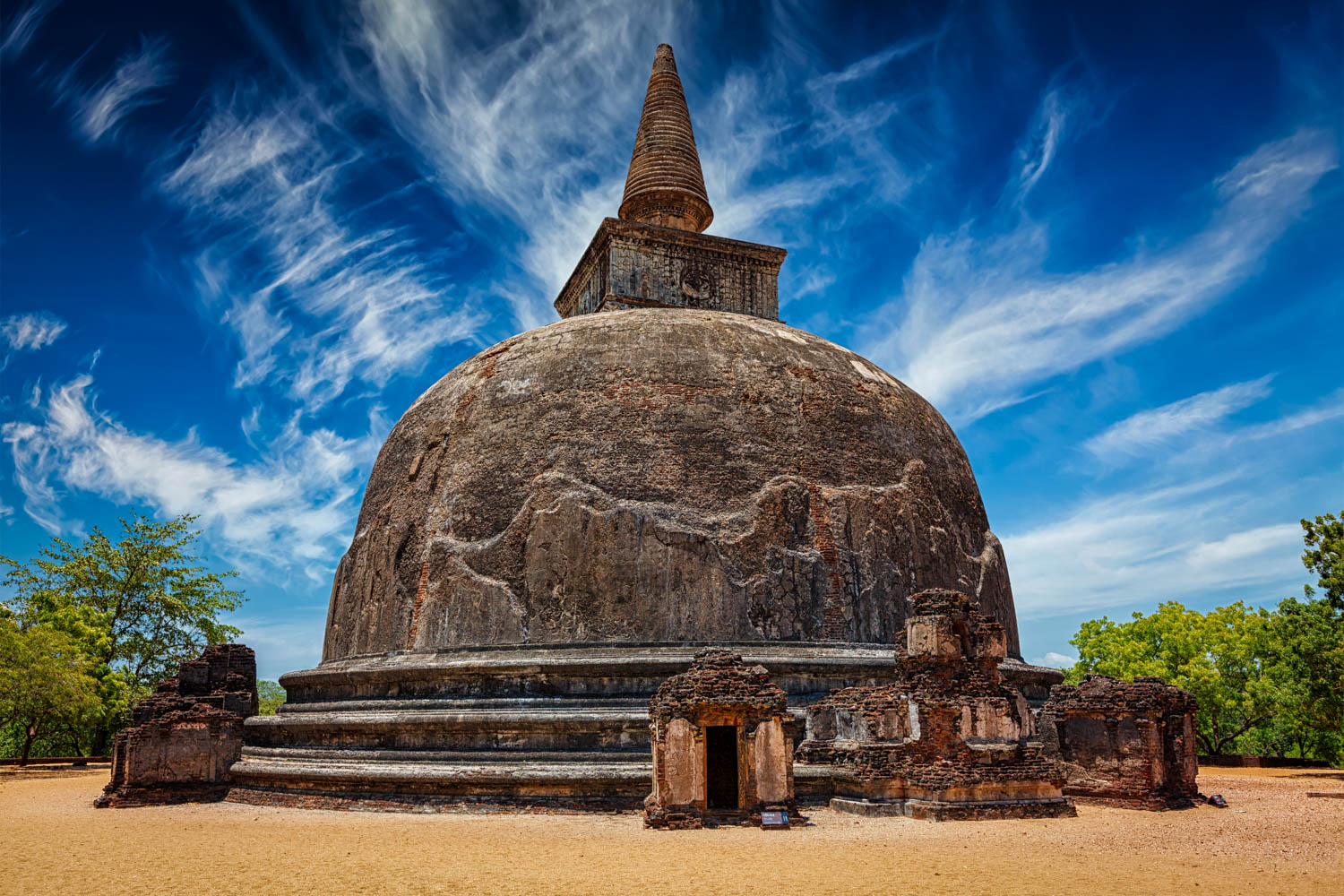
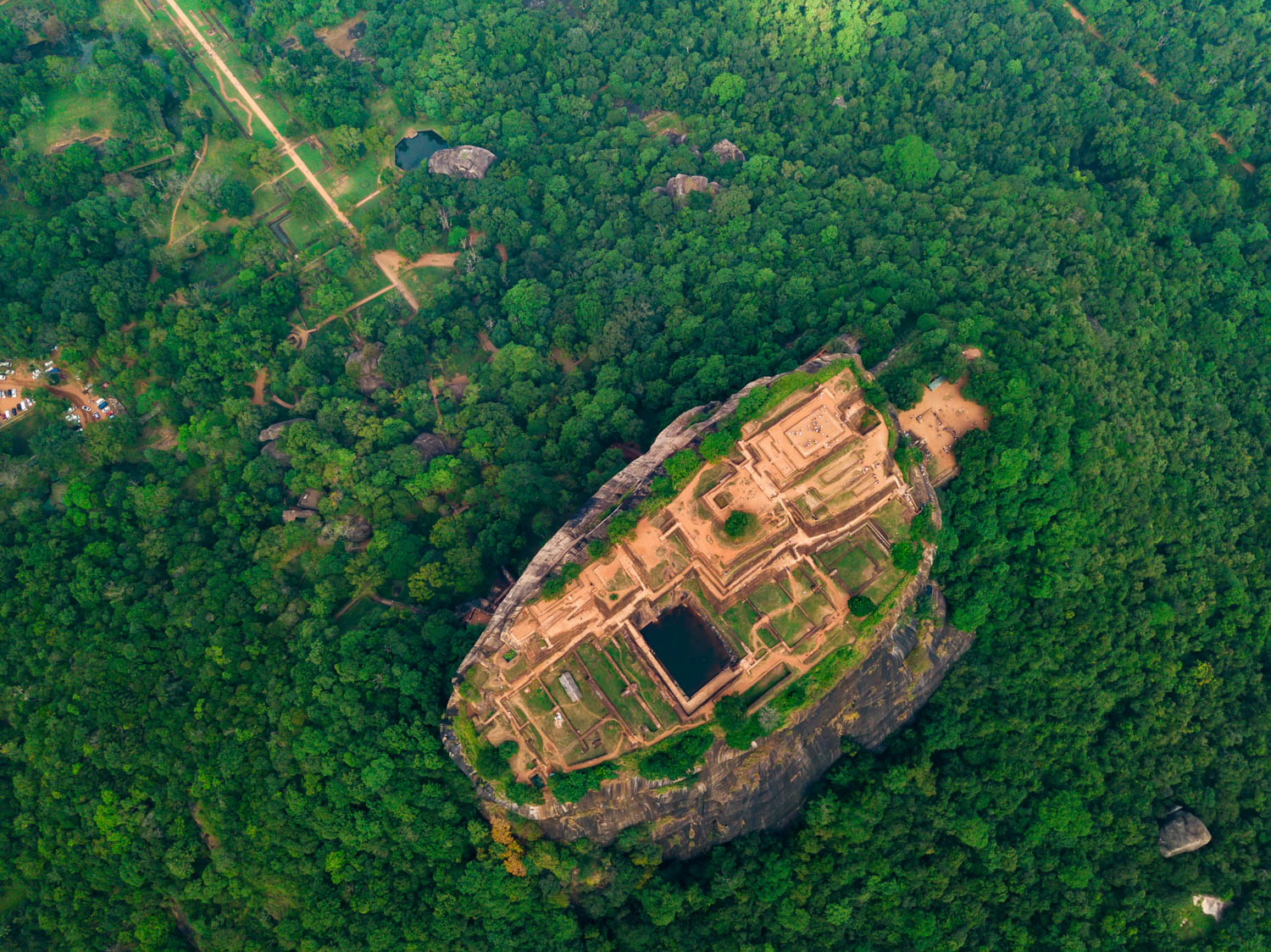
.jpeg)


